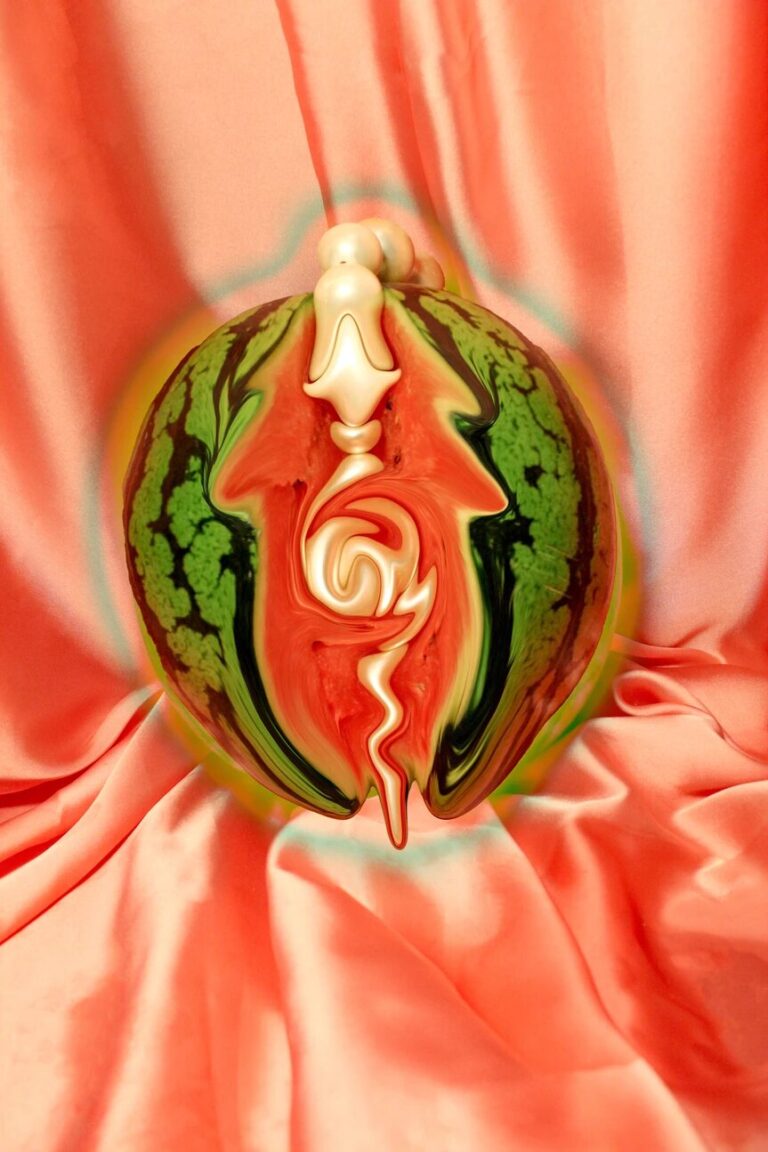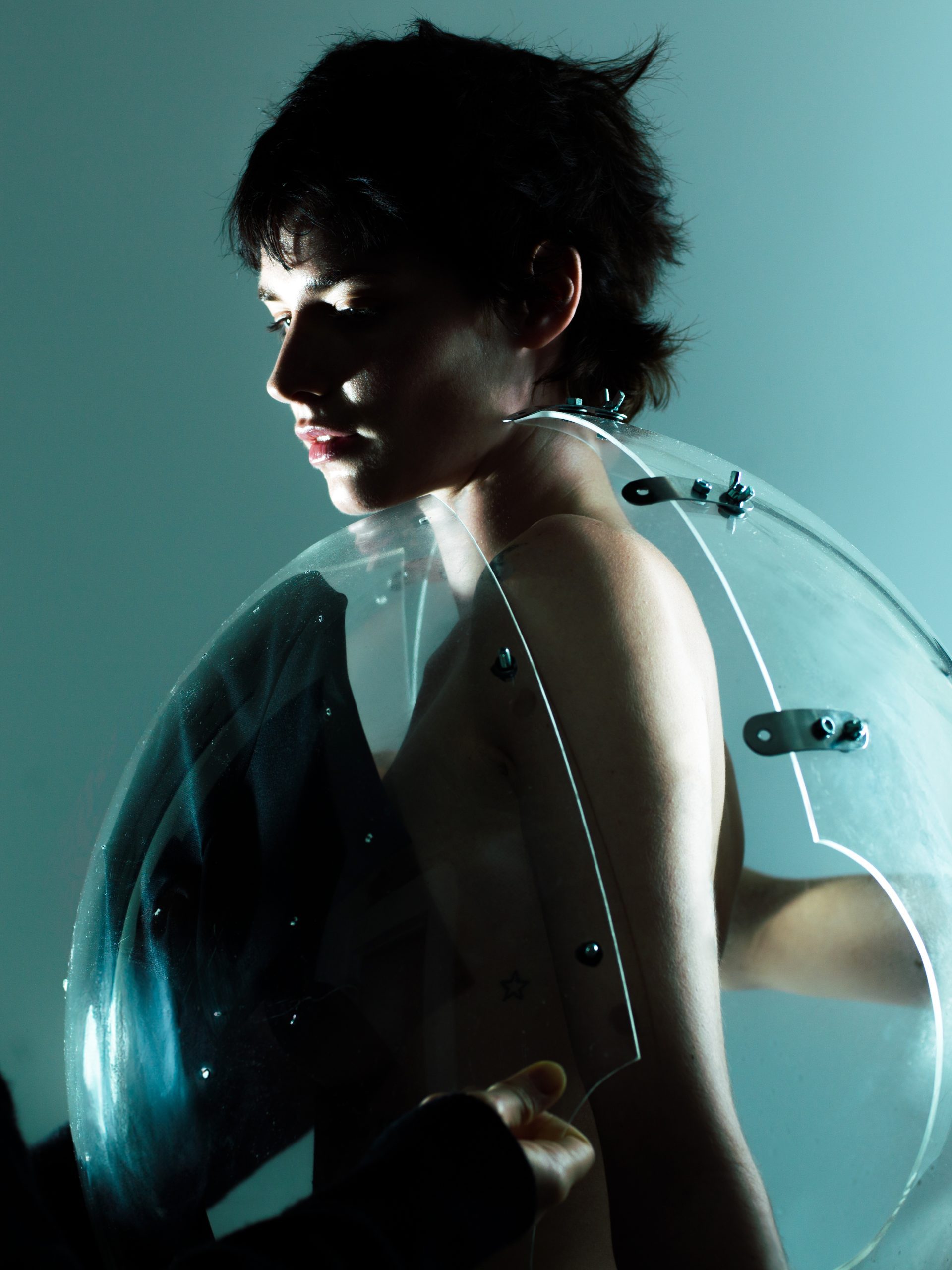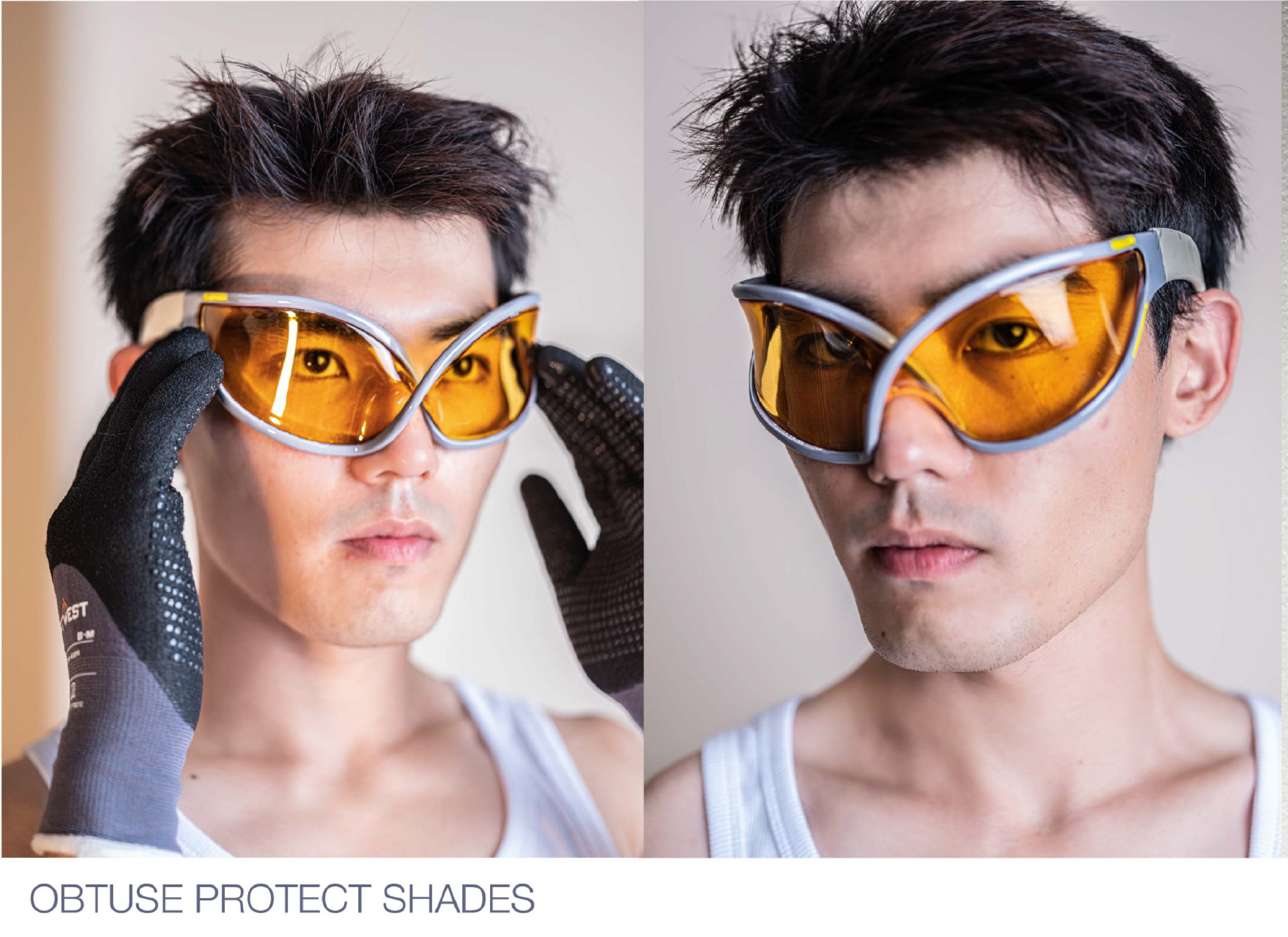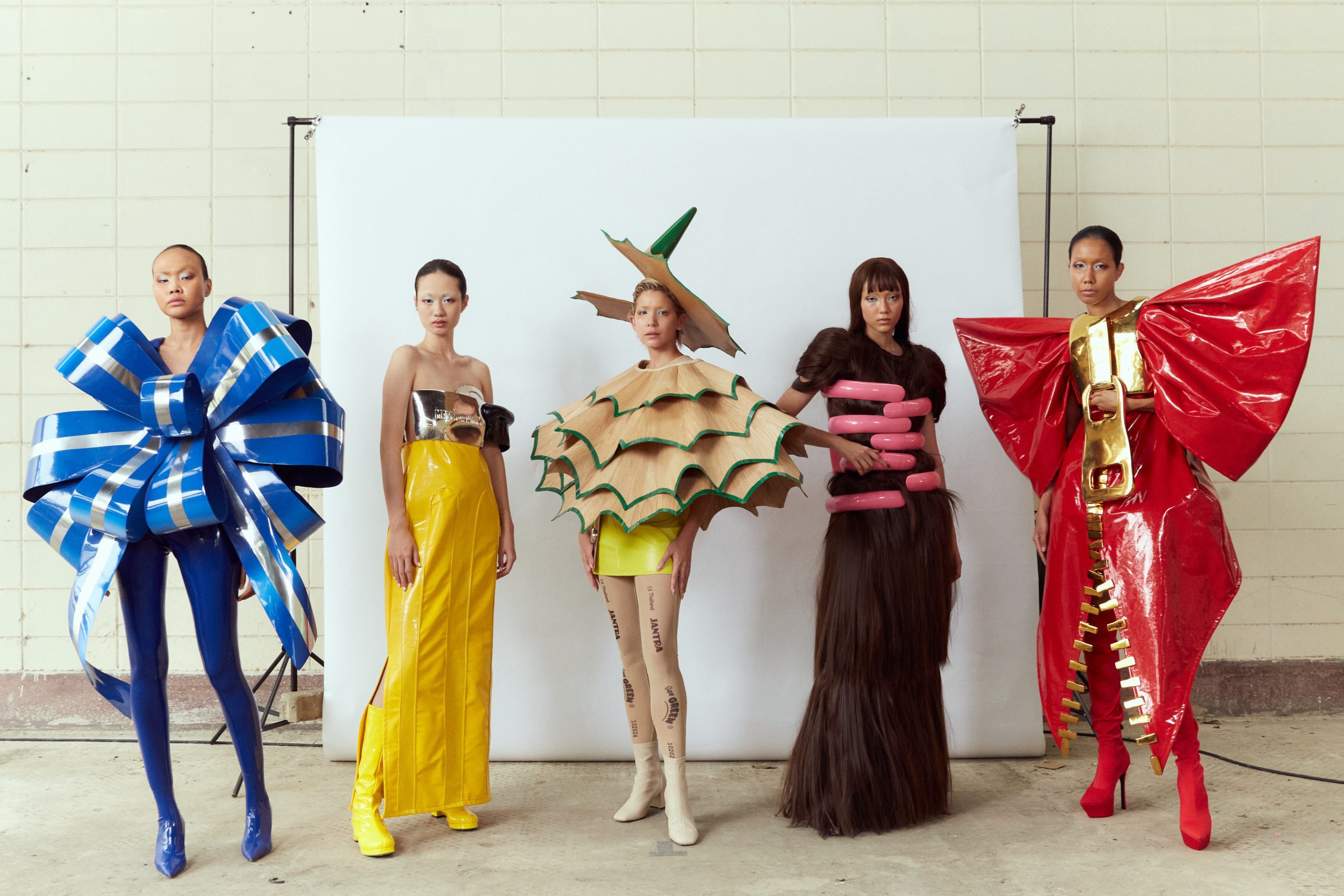"I enjoyed piecing garments together and creating wild concepts, but sewing was not my strong point! And that's when I decided to switch courses and never looked back."
Words by Sophie Corbett
As a fashion communication graduate, what was your experience as a creative in isolation, what were some of the challenges you faced during the pandemic and if you could go back would you make use of the circumstance differently?
At the time, I felt very frustrated when trying to create my imagery during isolation. I had all of these ideas in my head and felt suffocated as I could not express fully what was going on in my head.
I started realising that I started just getting into “a routine” of creating ideas, scouting models, pulling garments for styling, choosing the location, and then shooting.
But, creativity isn’t about routine...
and I had to find new ways to create my images to move with the current climate, which lead me to using organic material instead.
Still-life is something I would not have played with, had I not experienced isolation.
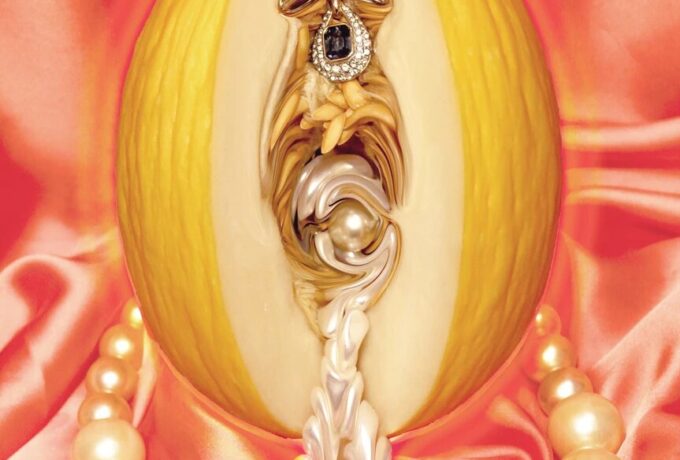

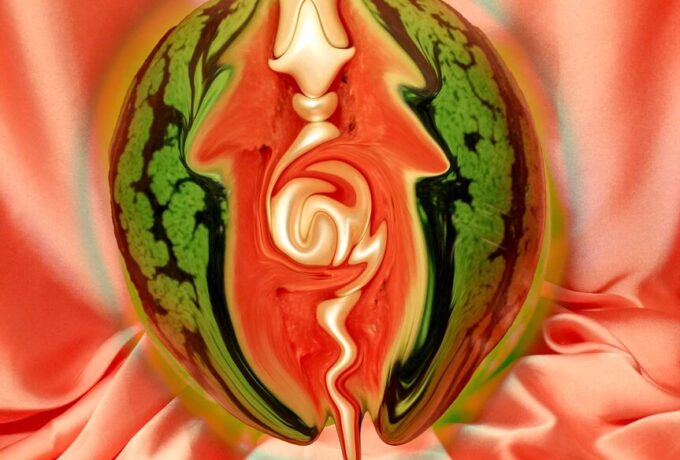
In a way, I’m grateful that my artistic flair was pushed in a different direction because of the pandemic. While it came with many challenges and hardships, I feel I found myself and my creative expression during this time.
If I could go back, I would have refrained from sulking so much in the beginning. I thought my course was impossible to complete while cooped up in my bedroom. As a creative, you find ways to overcome these obstacles to create your art, nothing is impossible!
You mention that as a creative, your main artistic focus is centred towards the TGNC & LGBTQ+, keeping in mind the giantude of the fashion industry, how do you use your creative sphere as a space to shine light to these communities?
The purpose of my publication was to shine a light on these communities, as underrepresented individuals.
I feel that my work tackles subjects that could make others feel uncomfortable. I believe some people don’t always like expressing their sexual perspectives graphically. But they way I see it is, it is all part of life, and we don’t need to be shy to talk about what’s natural.
When I photograph people, I look out for individuals who go against the grain, but I also want to be fully inclusive. I photograph people of all sexualities and identities, while also using my still-life imagery to express not just my own sexuality, but the sexuality of my subjects.
Brand Both& made the following statement related to gender affirming clothes
“The imperative to express yourself through clothing is a double-edged sword.” He adds “On the one hand, you get to curate your identity and expression. On the other hand, you have the burden of curating your identity with not enough tools available.”
Words by Sophie Corbett
From your perspective, what are your views on the following statements, and how can the fashion industry expand in tackling these rising concerns?
I feel that this statement sums up the current state of the industry perfectly. I love expressing myself and seeing others express themselves in ways that go against the gender binary. It is frustrating, however, searching for garments and pieces to adorn your body with that also. fit the image of yourself that you envision, but never finding what you are desperately searching for. It makes life very difficult!
With fast-fashion, I become irritated by the repetitiveness and lack of imagination that go into these garments.
The segregation of what is considered “male” or “female” clothing is something of the past, so why are brands continuing to label them this way?
Words by Sophie Corbett
About project Phantasmagoria
How does this project represent your identity as a creative? What inspired you and what do you want viewers to learn from it?
“Phantasmagoria” was almost an outlet for my vision of the future and what I want to see more of within the fashion industry. It was also a way for me to take the negativity thrown at the TGNC and LGBTQ+ communities and turn it into something positive. I was just coming to terms with my own identity and sexuality, so this was a great learning experience for me and almost a self-discovery!

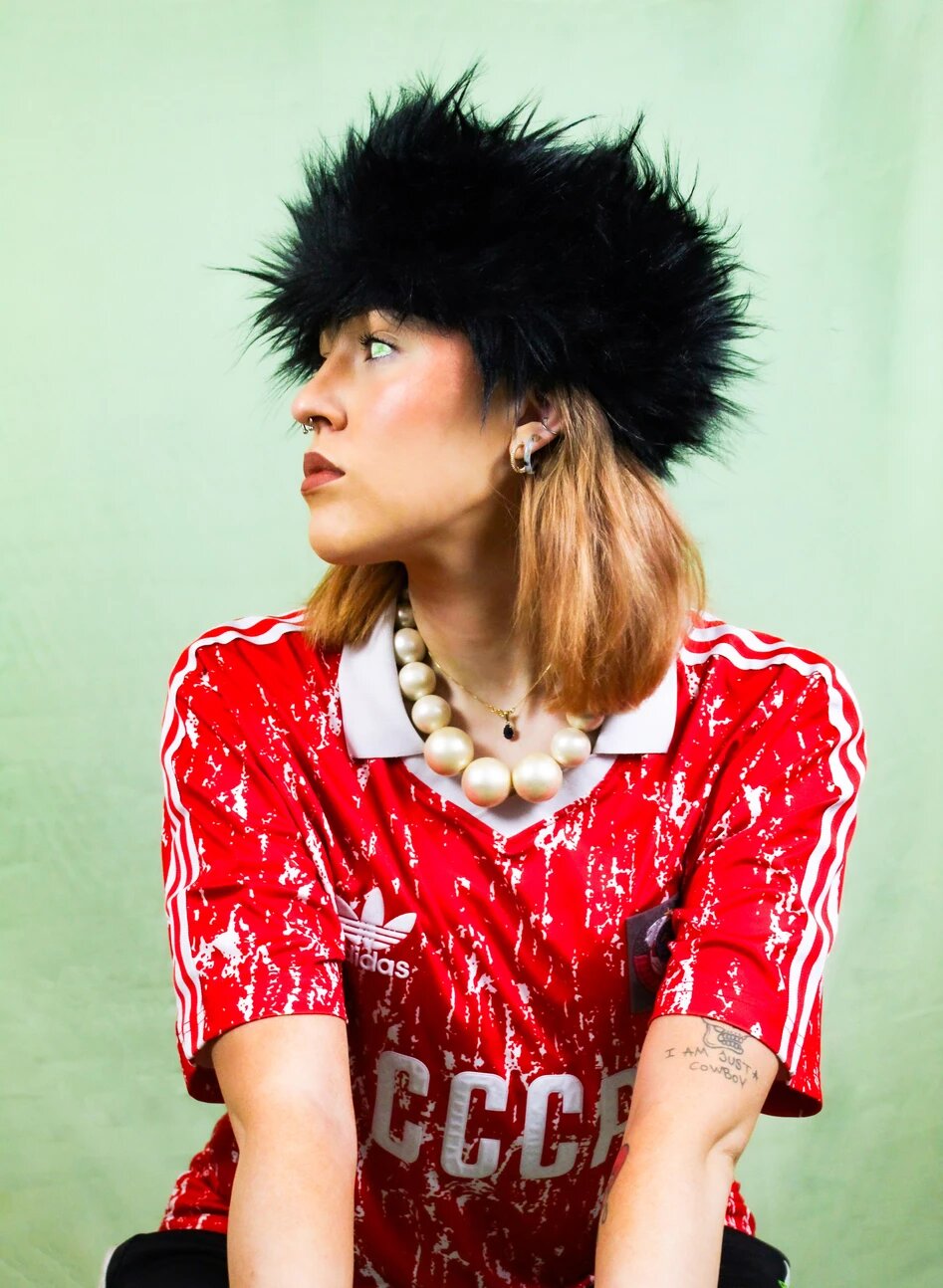
Music was something that I took a lot of inspiration from, particularly that of SOPHIE and Arca. I loved how they created looks that were almost alien-like and mythical, which is what some people may see our community as, but this doesn’t have to be negative.
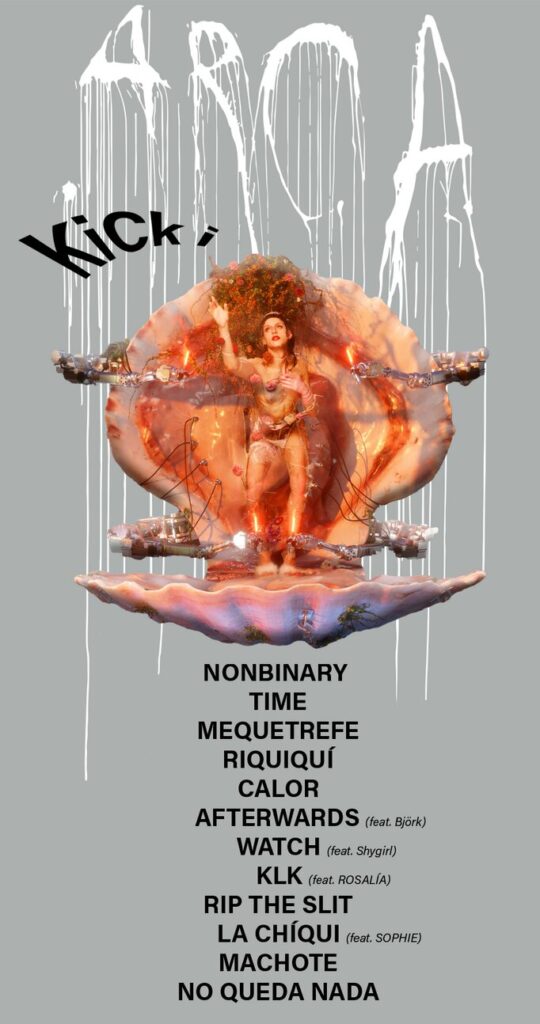
This is where my futuristic style really developed, I almost wanted to say,
“if you think we are aliens, then I’ll show you that we are beautiful and really cool aliens”.
Words by Sophie Corbett
I hope that my viewers see my work the same way and are able to find themselves in my work. Everyone deserves to be represented within media and the fashion industry, which is something that we haven’t achieved yet. But I hope my contribution to the industry is another steppingstone in the direction of a more diverse industry.
At GLITCH, technology and futurism is a prominent inspirational pillar both for our brand aesthetic as well as for the talent we scout.
Given that you’ve expressed your fascination for working with a futuristic and sci-fi angle what would a collaboration with us look like for you?
I love collaborating with other creatives! Since graduating, I have been eager to take Phantasmagoria even further, adding more imagery and content to collate a vast collection of art created by the community, not just my own. Jobs can sometimes get in the way of this unfortunately!
Phantasmagoria means “a sequence of real or imaginary images like that seen in a dream, I just need more pieces to add to the sequence, demonstrating that we are very much real. While my imagery may appear “dream-like”, this is my vision of a futuristic and fully inclusive world, which should not be seen as unachievable!
I want to see more creative outlets, like yourselves, representing our communities in a non-censored way. A platform like yourselves can reach so many more people than I could alone, which means that more people will know that they aren’t alone, and they are represented and loved.

